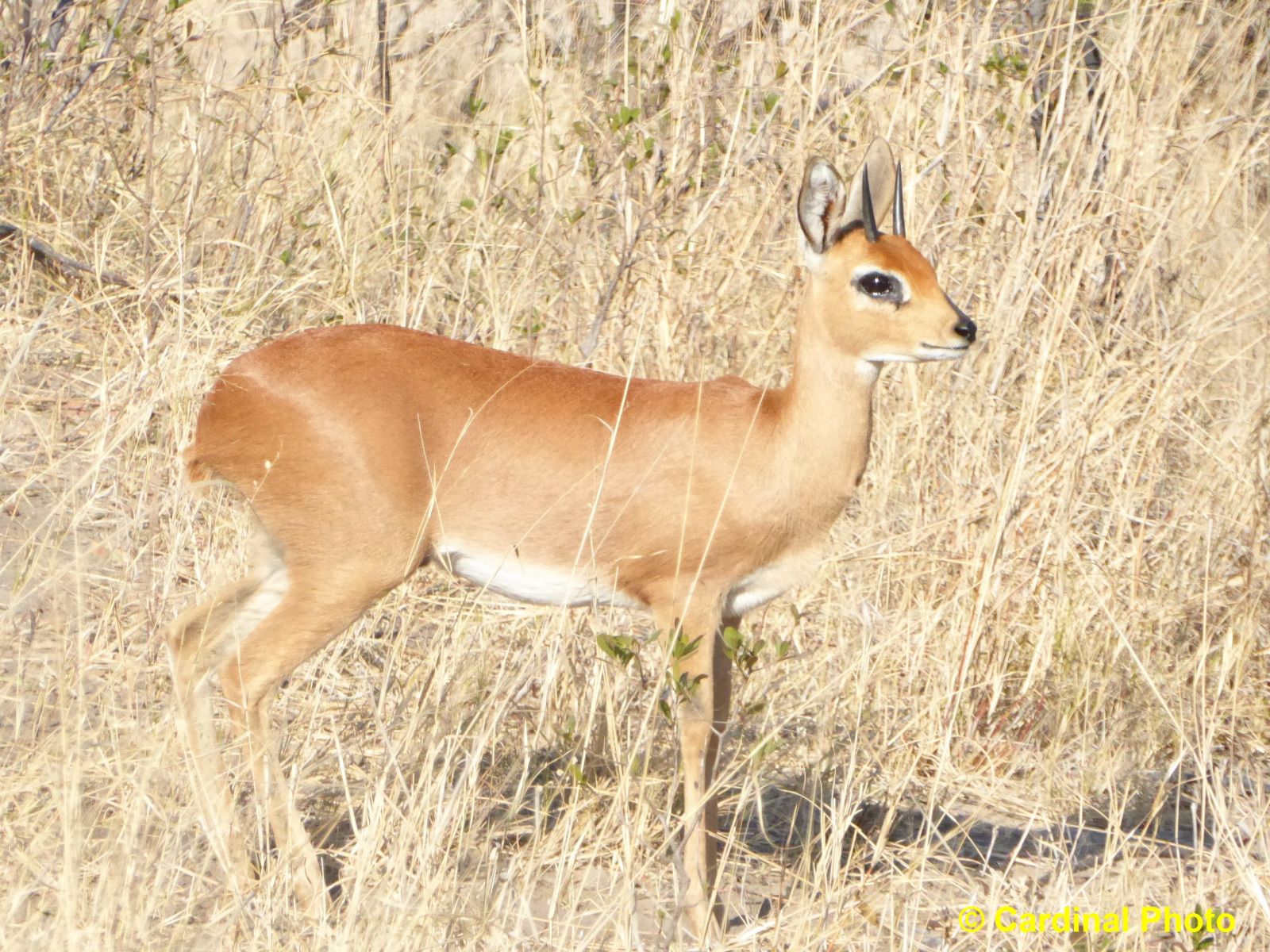- Photo Safaris
- Alaska Bears & Puffins World's best Alaskan Coastal Brown Bear photo experience. Small group size, idyllic location, deluxe lodging, and Puffins!
- Participant Guestbook & Testimonials Candid Feedback from our participants over the years from our photo safaris, tours and workshops. We don't think there is any better way to evaluate a possible trip or workshop than to find out what others thought.
- Custom Photo Tours, Safaris and Personal Instruction Over the years we've found that many of our clients & friends want to participate in one of our trips but the dates we've scheduled just don't work for them or they'd like a customized trip for their family or friends.
- Myanmar (Burma) Photo Tour Myanmar (Burma) Photo Tour December 2017 -- with Angkor Wat option
- Reviews Go hands-on
- Camera Reviews Hands-on with our favorite cameras
- Lens reviews Lenses tested
- Photo Accessories Reviews Reviews of useful Photo and Camera Accessories of interest to our readers
- Useful Tools & Gadgets Handy tools and gadgets we've found useful or essential in our work and want to share with you.
- What's In My Camera Bag The gear David Cardinal shoots with in the field and recommends, including bags and tools, and why
- Articles About photography
- Getting Started Some photography basics
- Travel photography lesson 1: Learning your camera Top skills you should learn before heading off on a trip
- Choosing a Colorspace Picking the right colorspace is essential for a proper workflow. We walk you through your options.
- Understanding Dynamic Range Understanding Dynamic Range
- Landscape Photography Tips from Yosemite Landscape Photography, It's All About Contrast
- Introduction to Shooting Raw Introduction to Raw Files and Raw Conversion by Dave Ryan
- Using Curves by Mike Russell Using Curves
- Copyright Registration Made Easy Copyright Registration Made Easy
- Guide to Image Resizing A Photographers' Guide to Image Resizing
- CCD Cleaning by Moose Peterson CCD Cleaning by Moose Peterson
- Profiling Your Printer Profiling Your Printer
- White Balance by Moose Peterson White Balance -- Are You RGB Savvy by Moose Peterson
- Photo Tips and Techniques Quick tips and pro tricks and techniques to rapidly improve your photography
- News Photo industry and related news and reviews from around the Internet, including from dpreview and CNET
- Getting Started Some photography basics
- Resources On the web
- My Camera Bag--What I Shoot With and Why The photo gear, travel equipment, clothing, bags and accessories that I shoot with and use and why.
- Datacolor Experts Blog Color gurus, including our own David Cardinal
- Amazon Affiliate Purchases made through this link help support our site and cost you absolutely nothing. Give it a try!
- Forums User to user
- Think Tank Photo Bags Intelligently designed photo bags that I love & rely on!
- Rent Lenses & Cameras Borrowlenses does a great job of providing timely services at a great price.
- Travel Insurance With the high cost of trips and possibility of medical issues abroad trip insurance is a must for peace of mind for overseas trips in particular.
- Moose Peterson's Site There isn't much that Moose doesn't know about nature and wildlife photography. You can't learn from anyone better.
- Journeys Unforgettable Africa Journeys Unforgettable -- Awesome African safari organizers. Let them know we sent you!
- Agoda International discounted hotel booking through Agoda
- Cardinal Photo Products on Zazzle A fun selection of great gift products made from a few of our favorite images.
- David Tobie's Gallery Innovative & creative art from the guy who knows more about color than nearly anyone else
- Galleries Our favorite images
Panasonic Lumix ZS50 Superzoom compact camera passes its field test
Panasonic Lumix ZS50 Superzoom compact camera passes its field test
Submitted by David Cardinal on Mon, 07/06/2015 - 07:14
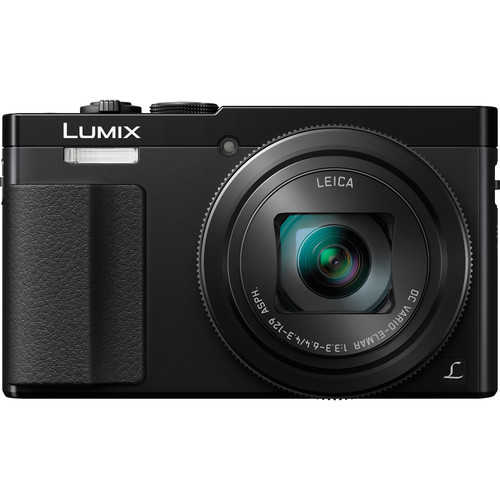 No segment of the camera market has improved as quickly as the superzoom point and shoots. Originally more of a gimmick than a real tool, these tiny models are now quite capable of producing very usable images. However, to get their massive zoom ranges crammed into a few-ounce body means using a fairly small sensor. Likewise, electronics are limted by their weight and low price, so exposure, focus, and the EVF also suffer. To see what the new models are capable of, I brought along the new Lumix ZS50 with me to Africa on safari to field test (in addition to my primary Nikon D810 DSLR of course). For the most part I was pleasantly surprised with the results, but it certainly had some drawbacks as well…
No segment of the camera market has improved as quickly as the superzoom point and shoots. Originally more of a gimmick than a real tool, these tiny models are now quite capable of producing very usable images. However, to get their massive zoom ranges crammed into a few-ounce body means using a fairly small sensor. Likewise, electronics are limted by their weight and low price, so exposure, focus, and the EVF also suffer. To see what the new models are capable of, I brought along the new Lumix ZS50 with me to Africa on safari to field test (in addition to my primary Nikon D810 DSLR of course). For the most part I was pleasantly surprised with the results, but it certainly had some drawbacks as well…
Ergonomics and User experience
I found the camera’s controls reasonably easy to use, and similar to those found on other mid-range to high-end point and shoots. I shot with it in Aperture mode most of the time (out of habit), but the Auto mode also did a good job as long as there wasn’t much action. The menu system continues to be less user-friendly than Canon’s (at least for me), but nothing really serious. It also features a customizable control ring around the lens, which helps make the controls feel like those from a more advanced camera. I was surprised that the camera featured an EVF (given its tiny size and superzoom lens), so that was a nice plus. However, the EVF was very small and grainy (compared to the nicer ones found on larger cameras like the Sony RX100 III and Canon G7 X, so it wasn’t really a pleasant experience to use it any more than necessary. Of course, the major ergonomic feature is the small-size (easily pocketable 2.5 x 4.4 x 1.4 inches) and light weight (8.6 ounces).
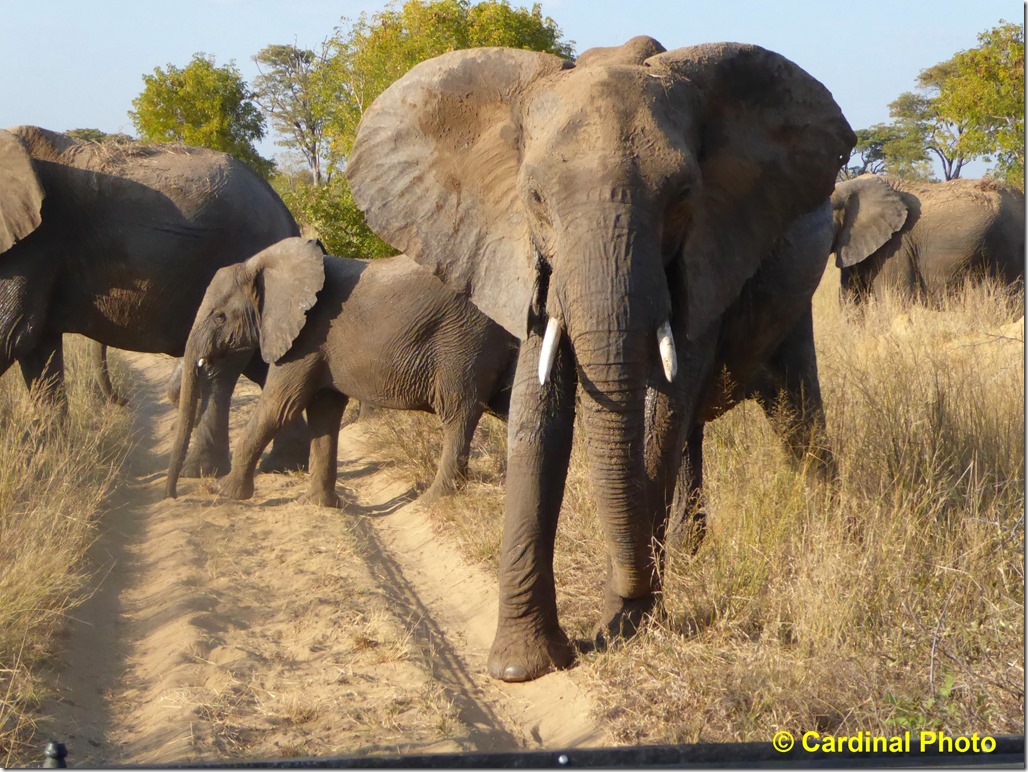
Breeding herd of African Elephants
One quirk is the charging system. Panasonic uses an external AC adapter (included) that connects via an included USB cable to a proprietary connector. That means keeping track of yet another oddball cable when traveling. There is also no external charger, so carrying a spare battery requires some extra logistics for charging.
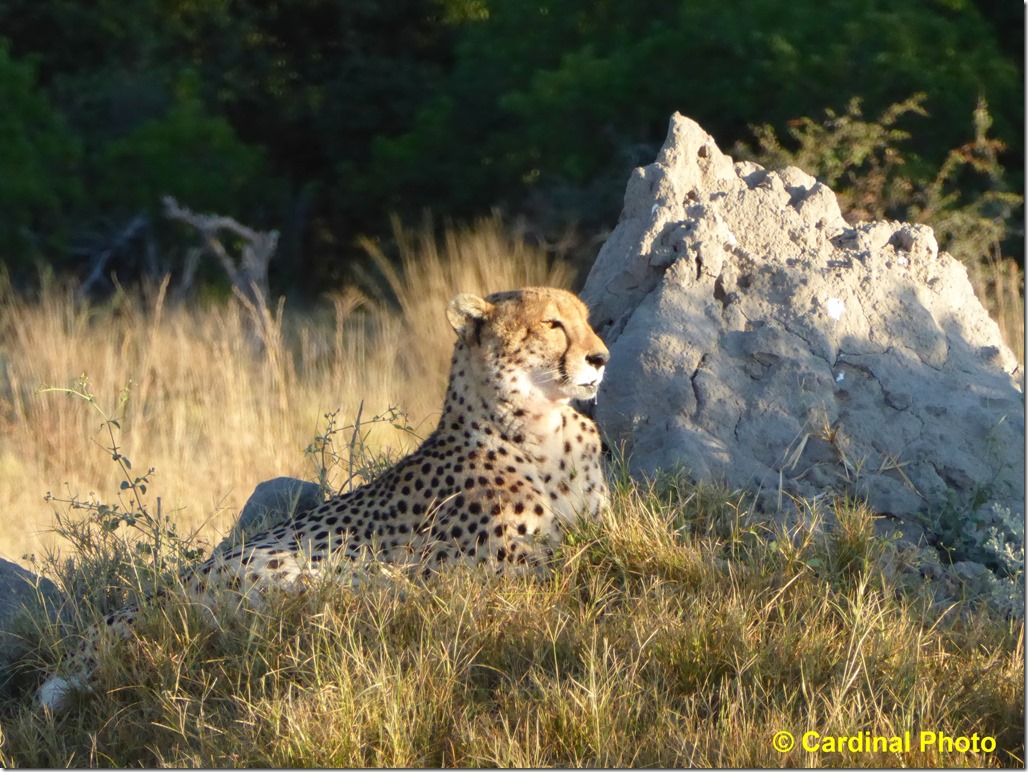
Lumix ZS50, 720mm equiv, 1/640s @ f/6.4, ISO 800
Image Quality
For evenly-lit scenes in good light, the Lumix ZS50 produced perfectly usable images for those wanting memories of a special trip, event, or vacation. I don’t think I’d try to submit one to a professional stock agency or sell it to a nature magazine (unless it had a very special subject), but for Facebook, photo books, or web albums, the camera works well. However, it didn’t do as well if there was too much contrast in a scene, with a tendency to blow out highlights. Animals with white fur patches were a particular problem. You can see in the image of the Lioness below that her chest has turned into one large, blown-out, highlight – even though the photo was captured in relatively soft morning light. Obviously I could have addressed that particular issue by dialing in minus exposure compensation, but that would in turn have lost shadow detail on the animal’s back. I took a look at the accompanying RAW image and it too featured blown-out highlights – interestingly only in the red channel. Overall image quality is limited by the small-size (1/2.3-inch) sensor – a necessity when putting a SuperZoom into a tiny camera. The 12MP resolution also means that the ZS50 has slightly-larger pixels than its predecessor (which featured 20MP), giving it better results in low light.
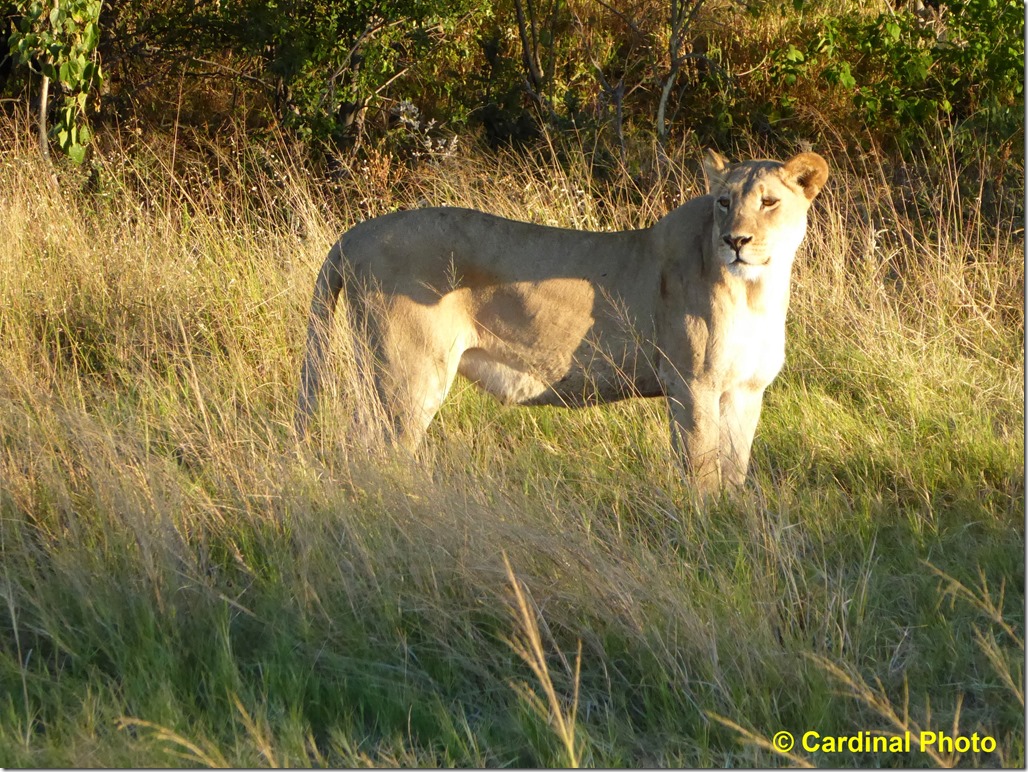
since the image was shot in relatively soft light.
Should you buy this SuperZoom?
The one and only reason to purchase a SuperZoom model of point and shoot instead of a similarly-priced version with a larger sensor and a smaller zoom range is to take extreme telephoto images. If you don’t need the 30x range (about 24-720mm equivalent) of the Lumix ZS50, you should consider buying the excellent Canon PowerShot S120 instead. It will give you better images, a better set of features, all for about the same price. That said, the SuperZoom on the Lumix ZS50 does work pretty well, so if you need the option to “go long” it is one of the best compact options in the market today. As an example, this image of an Elephant’s Eye was shot at an equivalent of 720mm, as was the following image of a tiny SteenBok, one of Southern Africa’s smallest antelopes. If you want to have a camera that fits in your pocket and gives you the option to get images like this, the Lumix ZS50 is a good choice.
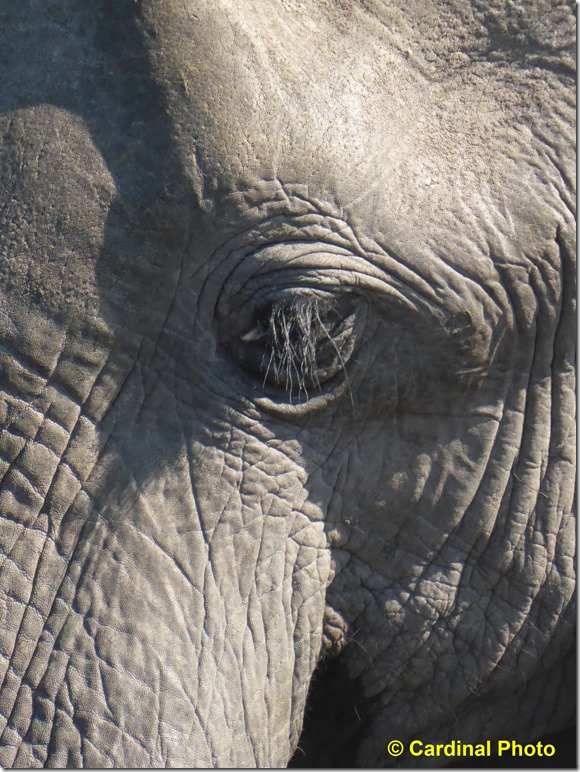
Elephant Eye, 720mm equiv. 1/800s @ f/6.4, ISO 800, Aperture priority, image resized for web
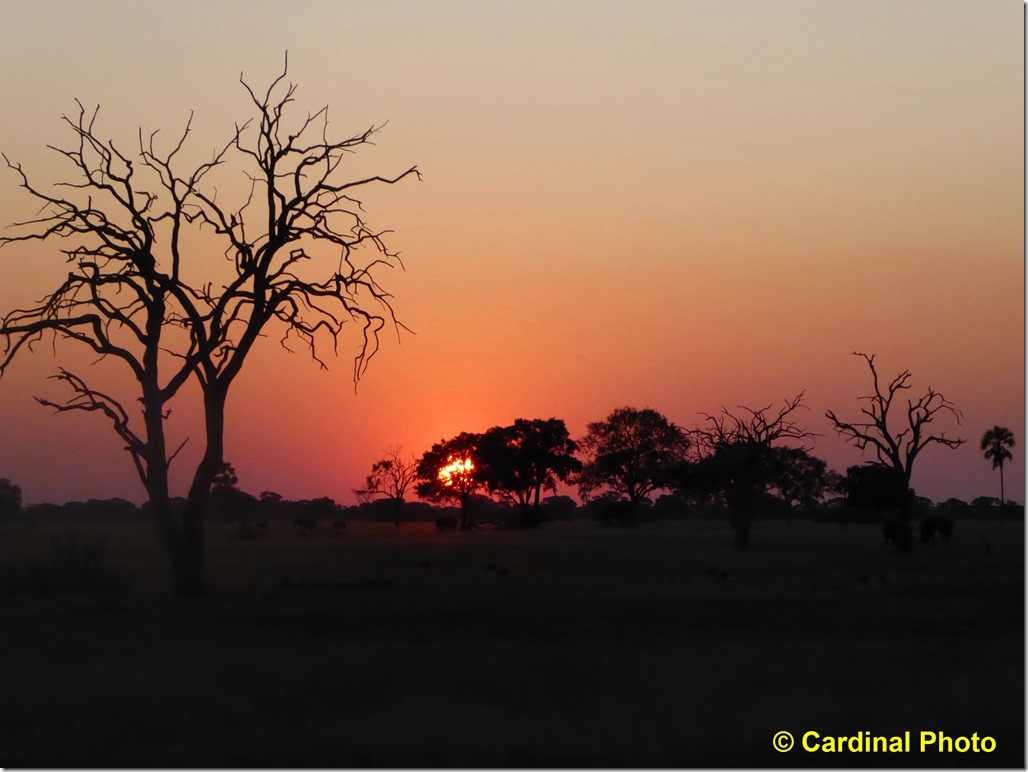
Lumix ZS50, 140mm equiv, 1/1600s @ f/5.3, ISO 800
(a lower ISO would have been smarter here, of course)
(all images are straight-out-of-camera JPEGs, resized to 2560 pixels on the long-side for the web)
Full Specs:
Pixels
Actual: 12.8 Megapixel
Effective: 12.1 Megapixel
Sensor
1/2.3" MOS
File Formats
Still Images: JPEG, MPO, RAW
Movies: AVCHD Ver. 2.0, MP4
Max Resolution
12.1 MP: 4000 x 3000
Aspect Ratio
1:1, 3:2, 4:3, 16:9
Image Stabilization
Optical, 5-Way
Lens
Leica DC Vario-Elmar, 12 elements in 9 groups
5 Aspherical, 3 ED
EFL: 4.3-129mm (35 mm equivalent: 24-720mm)
Aperture: f/3.3 (W) - 6.4 (T) to f/8.0
Zoom
Optical: 30x
Intelligent Zoom: 60x
Extra Optical Zoom (EZ): 36.7x
Extra Optical Zoom (EZ): 46.9x
Extra Optical Zoom (EZ): 58.6x
Digital: 4x
Focus Range
Wide: 1.64' (50 cm) - Infinity
Telephoto: 6.56' (2 m) - Infinity
Wide Macro: 1.18" (3 cm) - Infinity
Tele Macro: 6.56' (2 m) - Infinity
ISO Sensitivity
Auto, 80-6400
Shutter
4 - 1/2000 seconds
15 - 60 seconds in Starry Sky Mode
Exposure Metering
Center-weighted, Multi, Spot
Exposure Modes
Modes: Aperture Priority, Manual, Programmed Auto, Shutter Priority
Compensation: -2 EV to +2 EV (in 1/3 EV steps)
Shooting Modes
3D Photo
Baby 1
Baby 2
Cross-Process
Dynamic Monochrome
Expressive
Food
Glass Through
HDR
Handheld Night Shot
High Dynamic
High Sensitivity
High Speed Shutter
High-Key
Impressive Art
Low Key
Miniature Effect
Night Portrait
Night Scenery
Old Days
One Point Color
Pet Mode
Portrait
Retro
Scenery
Sepia
Soft Focus
Soft Skin
Sports
Star Filter
Starry Sky
Sunset
Toy Camera Effect
White Balance Modes
Auto, Cloudy, Daylight, Incandescent, Shade, White Balance Adjustment, White Set
Burst Rate
Up to 10 fps at 12.1 MP for up to 6 frames
Up to 6 fps at 12.1 MP
Up to 3 fps at 12.1 MP
Up to 60 fps at 2.5 MP
Up to 40 fps at 5 MP
Self Timer
10 Sec, 2 Sec
Flash Modes
Auto
Auto/Red-eye Reduction
Forced On
Off
Slow Sync/Red-eye Reduction
Built-in Flash
Yes
Maximum Effective Flash Range
Wide: 1.97 - 21.00' (0.6 - 6.4 m)
Telephoto: 6.56 - 10.83' (2 - 3.3 m)
Built-in Memory
86 MB
Memory Card Type
SD
SDHC
SDXC
Video Recording
Yes, NTSC
Resolution
1920 x 1080p: 60 fps, 30 fps
1280 x 720p: 60 fps, 30 fps
640 x 480p: 30 fps
Video Clip Length
Up to 40 Min
Audio Recording
Built-in Mic: With Video, Stereo + Mono
Viewfinder Type
Electronic
Viewfinder Coverage
100%
Screen
3.0" LCD Rear Screen (1,040,000 pixels)
Screen Coverage
100%
Connectivity/System Requirements
Connectivity
AV / USB Multi, AV Output, HDMI D (Micro)
Wi-Fi
Yes, 802.11b/g/n built-in
GPS
No
Battery
Rechargeable Lithium-Ion Battery Pack, 3.6 VDC, 1250 mAh
Dimensions (WxHxD)
4.4 x 2.5 x 1.4" / 110.6 x 64.3 x 34.4 mm
Weight
8.57 oz / 243 g with battery and memory card
- Log in to post comments

